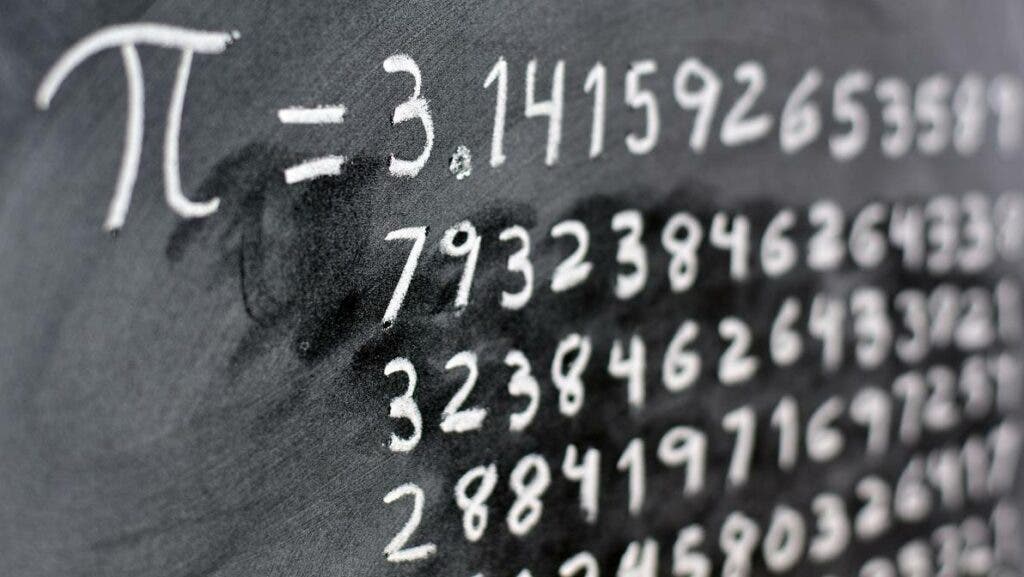
Using one of the most powerful supercomputers in the world, researchers in Switzerland computed the mathematical constant pi (π) down to 62.8 trillion digits. This approximation beat the previous world record of 50 trillion decimal places, and was performed 3.5 times quicker.
Neverending digits
Pi is the ratio of a circle’s diameter to its circumference. No matter the size of a circle, its diameter will always be roughly 3.14 times shorter than its circumference — every time.
However, pi is an irrational number, meaning a fraction cannot convey its exact value. As an “infinite decimal”, after the decimal point, pi’s digits go on forever and ever.
For most applications, knowing the value of pi down to a dozen digits is precise enough to calculate uncertainty in the circumference smaller than the size of an atom. For astrophysical applications, 152 decimals of pi are probably the most you’ll ever need. At this value, you can accurately calculate a sphere whose diameter is the size of the observable universe with uncertainty in the circumference less than the Planck length — the smallest unit of distance.
However, the lack of practicality in computing pi past a dozen digits never stopped mathematicians from trying to do it. In 1873, mathematician William Shanks computer pi to 707 digits all by hand. Now, researchers affiliated with the Graubuenden University of Applied Sciences in Switzerland have calculated pi with an unprecedented level of exactitude, down to 62.8 trillion figures.
To do so, the scientists used a supercomputer that crunched pi for 108 days and nine hours without a break. Until the Guinness Book of Records officially certifies the feat, the researchers have only revealed the final ten digits they calculated: 7817924264.
But is there any practical use to this new world record? Indirectly, yes. As mentioned earlier, calculating pi to more than a dozen digits is overkill in 99.99% of cases. However, this doesn’t mean that this endeavor is just about flexing. Computing pi to these many digits involves overcoming many mathematical and computational challenges. The optimization techniques developed over the course of these computations could be applied to other “practical” fields, such as RNA analysis, fluid dynamics simulations, and textual analysis.









